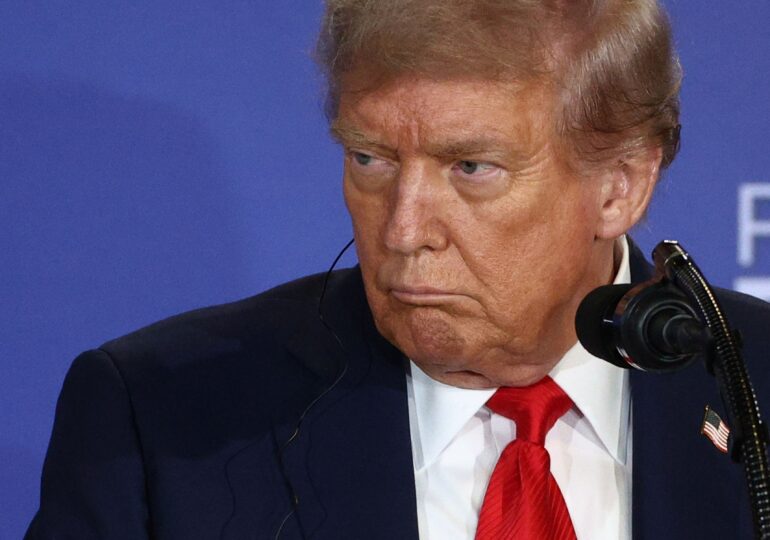A single social media post was enough to wipe out $2 trillion from the American market capitalization on Friday after President Donald Trump threatened China with new huge import tariffs, CNBC reports.
Prior to the message posted at 10:57 (local time) on the Truth Social platform, the S&P 500 index was less than two points away from a new historical record. A few hours later, it closed the day with a 2.7% drop, the largest since April when markets were hit by the selling wave caused by the announcement of a global tariff increase.
"One of the policies we are considering at this moment is a massive increase in tariffs for Chinese products entering the United States," Trump wrote in his post, accusing Beijing of becoming "very hostile" and holding the world "hostage" through its control of rare metals - essential for the technological and defense industry.
The market's reaction was immediate: the Nasdaq Composite lost 3.56%, the Dow Jones Industrial Average dropped by 879 points (−1.9%), and the Russell 2000 index of small companies recorded a decline of 3%. In total, 424 out of the 500 companies included in the S&P 500 closed the day in the negative.
The most affected were the stocks in the technology sector: Nvidia lost 5%, AMD almost 8%, Apple 3%, and Tesla 5%.
Investors flee the market
Investors rushed to reduce exposure amid fears that new tariffs could disrupt supply chains and provoke a harsh reaction from China.
"The markets feared such a scenario, but hoped that Trump and Xi Jinping would meet at the APEC summit to ease tensions. Now, that prospect seems uncertain," analysts quoted by CNBC said.
After the market closed, Trump increased the pressure, announcing his intention to impose tariffs of 100% on all Chinese products "above the current level" and export controls for "any critical software," measures that could directly impact leaders in the artificial intelligence field, such as Nvidia.
However, some analysts believe that the reaction could be exaggerated and that this episode represents a new negotiating tactic.
"It may just be a strategic move. We have seen such sudden reactions followed by spectacular comebacks," said Jay Woods, chief strategist at Freedom Capital Markets.
Despite the massive sales, Friday's decline brought the S&P 500 index back to its lowest level in the last month. The annual balance remains positive, with a growth of over 11%, supported by the wave of investments in artificial intelligence companies.

